Nandigram, a riverine village in southern West Bengal, is well known all over the globe after the tragedy in 2007 on the conflicting issue of proposed land acquisition for petro-chemical hub. The movement itself is an account of the peoples’ reaction to such acquisition drive irrespective of location and community involved. This book is an illustrative document on the state of post-violence Nandigram with a logical interpretation of an empirical research. It unveils the scientific background of the turmoil in Nandigram with an interdisciplinary approach. This volume, as a neutral dossier, presents well-documented evidence of such movement in perspectives of the land tenure, land use, demographic history, socio-economic, political and health aspects of the affected people. The findings will not only help the academicians and general readers, but also the development planners and executors who may find it of great use while undertaking any programmes related to land acquisition.
Contents: Preface. 1. Introduction. 2. Land and land use pattern in the context of present movement. 3. Socio-cultural, economic and political dimension. 4. After effect of violence and clash. 5. Case studies of affected people. 6. Peoples’ perception and related issues on land acquisition. 7. Summary and conclusion. References. Index.

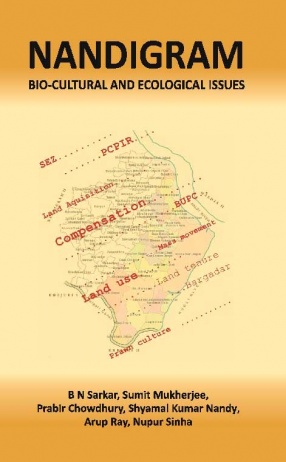
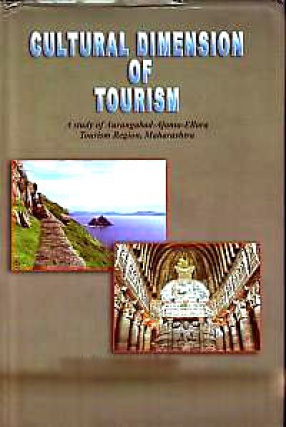
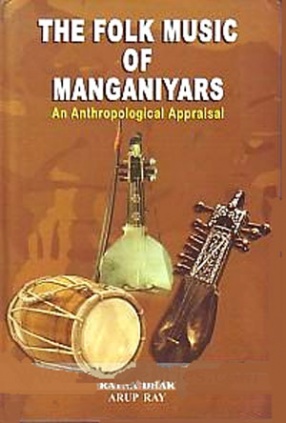
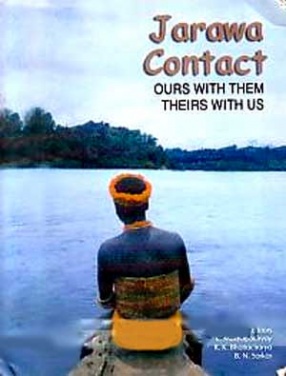
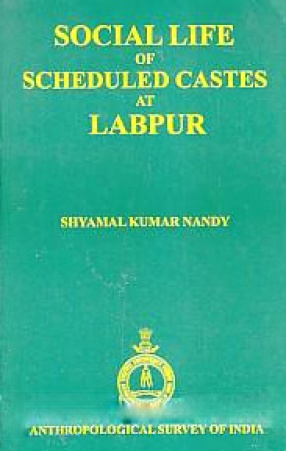
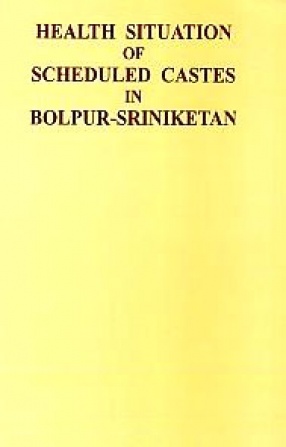

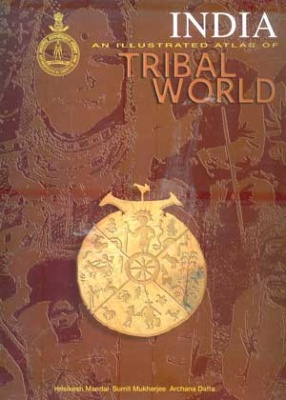
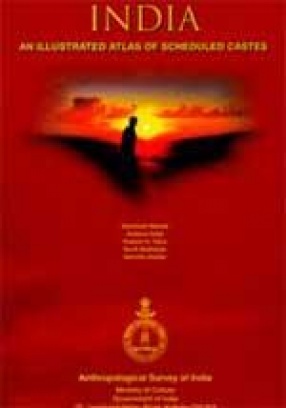
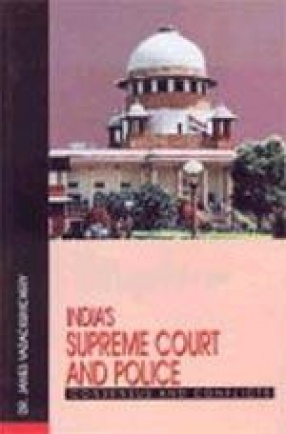

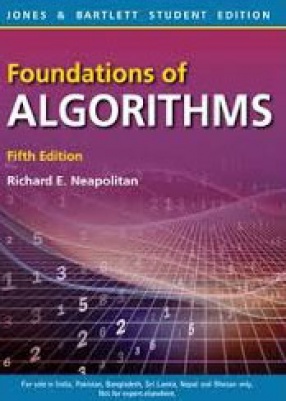
There are no reviews yet.